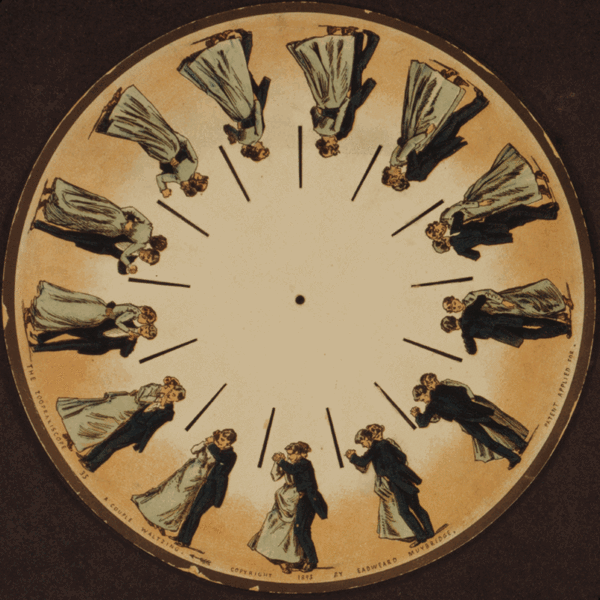My gaming Youtube Channel: http://www.youtube.com/channel/UCjW5hPdI4qRYZu7cRbgD0Jw
There are a numerous amount of ways to reduce the files size when it comes to animation and here are a few of them:
Reducing image quality
By reducing the image quality you will reduce the file size dramatically because the colour depth will be reduced and the pixels will not be as precise. Although this way is good for reducing size, it's not preferred in industry because they want to have the best quality possible with the lowest file size possible.
By reducing the image quality you will reduce the file size dramatically because the colour depth will be reduced and the pixels will not be as precise. Although this way is good for reducing size, it's not preferred in industry because they want to have the best quality possible with the lowest file size possible.
Using different files
Changing the file type can also reduce the file size, but this can affect the image quality, resolution, and colour depth. Tiff files are used in industry because they are renown for having very good quality when it comes to images, but Tiff files take are usually massive files because of the high quality. Using something like PNG, Gif, or Jpeg would be best because it keeps the files size down low and is fast when uploading to the web, but image quality is reduced in return.
Changing the file type can also reduce the file size, but this can affect the image quality, resolution, and colour depth. Tiff files are used in industry because they are renown for having very good quality when it comes to images, but Tiff files take are usually massive files because of the high quality. Using something like PNG, Gif, or Jpeg would be best because it keeps the files size down low and is fast when uploading to the web, but image quality is reduced in return.
Reducing the amount of colours
By reducing the amount of colour in an animation, you can reduce the files size by quite a lot, but then the definition will not be at its optimum level. You have 8 bit, 16 bit, and 32 bit. Depending on what one you have will depend on the amount of colour avaliable for you to have in your animation. The 8 bit has 256 colours, but 32 bit has millions of colours, allowing a wider variety to choose from but in return, increasing the file size.
Cropping down images
Many images when created are not cropped down. Even though it seems there is nothing there, actually, the black space is us using up precious file space. By cropping down the image and removing the unnecessary blank space, you will reduce the file size.
Reduce the frame rate
In animated animations, the more frames you have, the smoother your movie will be, but this also increases the file size. If your movie is taking too long to upload or save on the web, then you may need to think about reducing the amount of frames in your movie. Although this will decrease the quality, it will make upload time increase dramatically.
In animated animations, the more frames you have, the smoother your movie will be, but this also increases the file size. If your movie is taking too long to upload or save on the web, then you may need to think about reducing the amount of frames in your movie. Although this will decrease the quality, it will make upload time increase dramatically.



